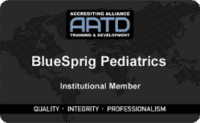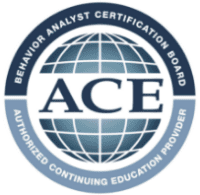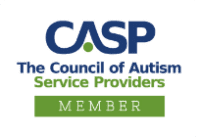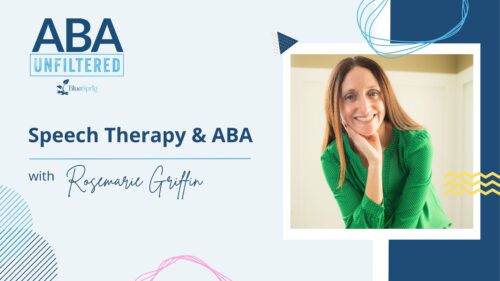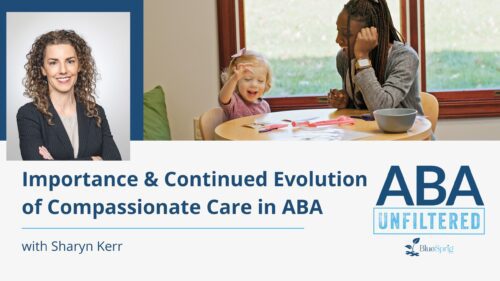ABA Services
We are dedicated to providing the compassionate, individualized care that your child deserves in the environment that is best suited for their needs.

Enhancing the quality of life for children with autism through ABA therapy.
At BlueSprig, we provide Applied Behavior Analysis (ABA) Therapy services for children of different ages and levels, in various settings, and at convenient hours. ABA is a therapy built around the process of behavior change using reinforcement strategies to both increase and decrease targeted behavior while working to improve socialization, communication, learning skills and other developmental milestones.

Programs
Explore our tailored programs, providing personalized support from early intervention to adolescent-focused skills at every stage of development.
Specialty Services
Resources offering intensive and deeply personalized care concentrated on providing targeted therapy for specific concerns
BlueSprig Behavior Center
Offering services for Assessment & Treatment of Challenging Behavior
BlueSprig Adolescent Center
We specialize in providing Applied Behavior Analysis (ABA) services tailored specifically for adolescents starting at the age of 12.
Find ABA services near you


A commitment to excellence.
